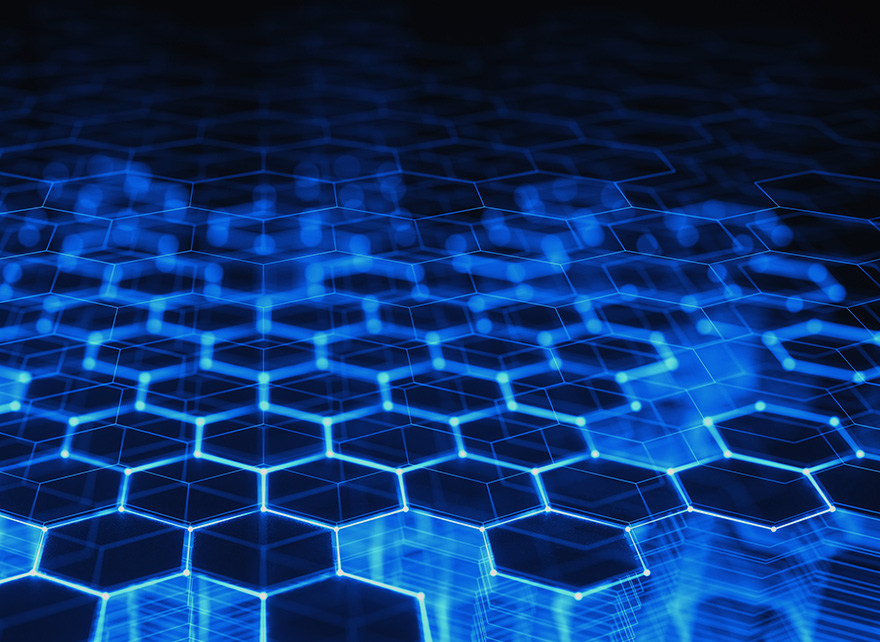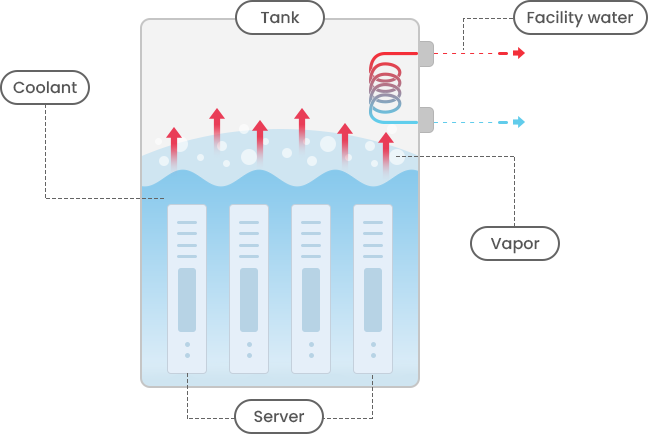R&D Goal & Vision
A Leap for the Future


a Sustainable Future
We are committed to creating a sustainable future through
the development of environmentally conscious technologies.
We deliver solutions that enhance energy efficiency
and conserve resources, fostering a more eco-friendly industrial ecosystem.


By developing technologies that address the diverse needs
of customers worldwide, we strengthen our competitiveness
in the global market. We build international trust by providing tailored
solutions that reflect the unique characteristics of each market.


for Future Industries
We pioneer the essential technologies of tomorrow's industries
through ongoing R&D efforts. Our pursuit and application of
emerging technologies open new markets
and contribute to the advancement of industries as a whole.
We safeguard industrial environments with advanced purification technologies
while promoting sustainability through efficient energy operations.
With safe and eco-friendly process solutions, we are creating a cleaner future.
Abatement System
- Energy Optimization
- Byproduct Control
- Catalyst Technology
- Energy Transition
- Automated Equipment Operation
- Energy Optimization
- Byproduct Control
- Catalyst Technology
- Energy Transition
- Automated Equipment Operation
Effectively managing heat loads in industrial environments, maximizing energy efficiency to reduce operating costs.
By providing optimal thermal management solutions, we extend equipment lifespan and enhance productivity.
Thermal System
- Ultra-Low Temperature Chiller
- CO₂ Chiller
- Electric Chiller
- LN2
- Ultra-Low Temperature Chiller
- CO₂ Chiller
- Electric Chiller
- LN2
for AI Data Centers
Our high-performance liquid cooling technology effectively manages heat generation while maximizing energy efficiency.
It supports the creation of sustainable industrial systems by delivering both stability and eco-friendliness.
Immersion Cooling Efficiency
PUE (Power Usage Effectiveness): A metric for data center energy efficiency
The closer to 1, the more efficient the system
PUE of immersion cooling is 1.0 ~ 1.04, which is higher than liquid cooling (1.2) or air cooling (1.68)

Features of Immersion Cooling



-


-
High Space Efficiency
- Saves space in data center, easy to secure additional space
-


-
Superior Cooling Performance
- Submerging servers in coolant liquid enables effective heat dissipation
-


-
Performance Optimization
- Adjustable fluid temperature and flow rate for precise thermal control
- Server-specific optimization enhances performance and system stability
Types of Immersion Cooling


Immersion Cooling – Milestones


- May
- Delivered Immersion Cooling Single-Phase Equipment to a client
- Apr
- Participation in Data Center World 2025
- Mar
- Participation in MWC 2025 (Mobile World Congress)
- Sep
- Delivered Immersion Cooling Single-Phase Equipment to a client
- Nov
- Participation in ENLIT Europe 2023
(European Energy Industry Technology Exhibition)
- Oct
- Delivered Immersion Cooling Two-Phase Equipment to a client
- May
- Participation in HVAC KOREA 2023
(Korea Mechanical Equipment Exhibition)

